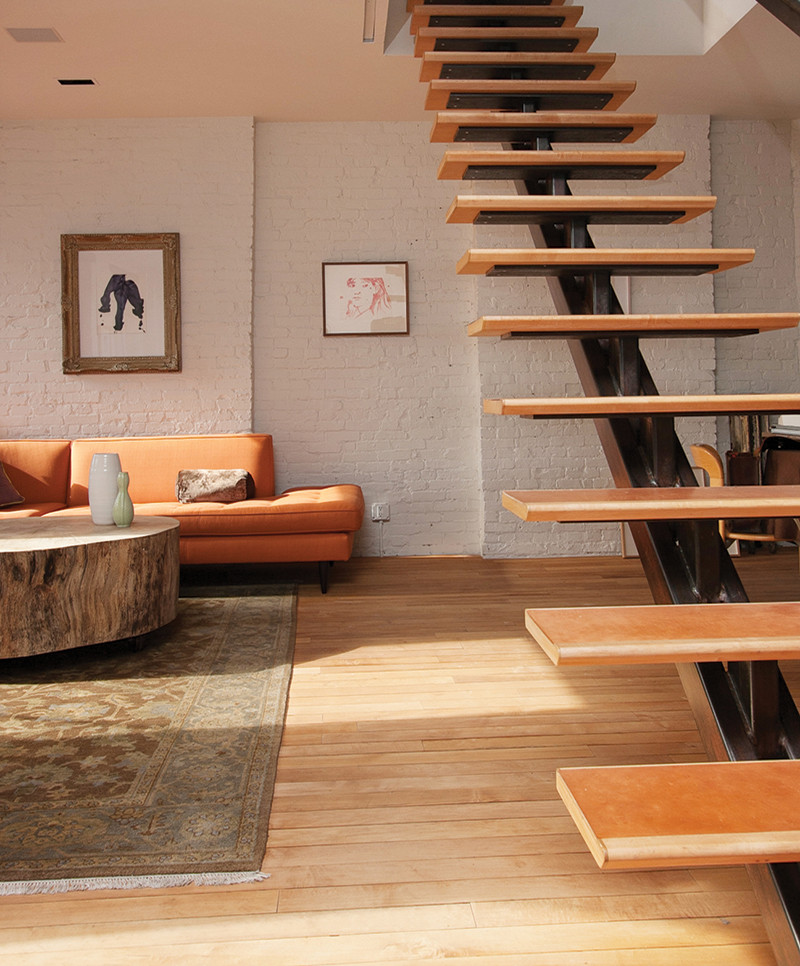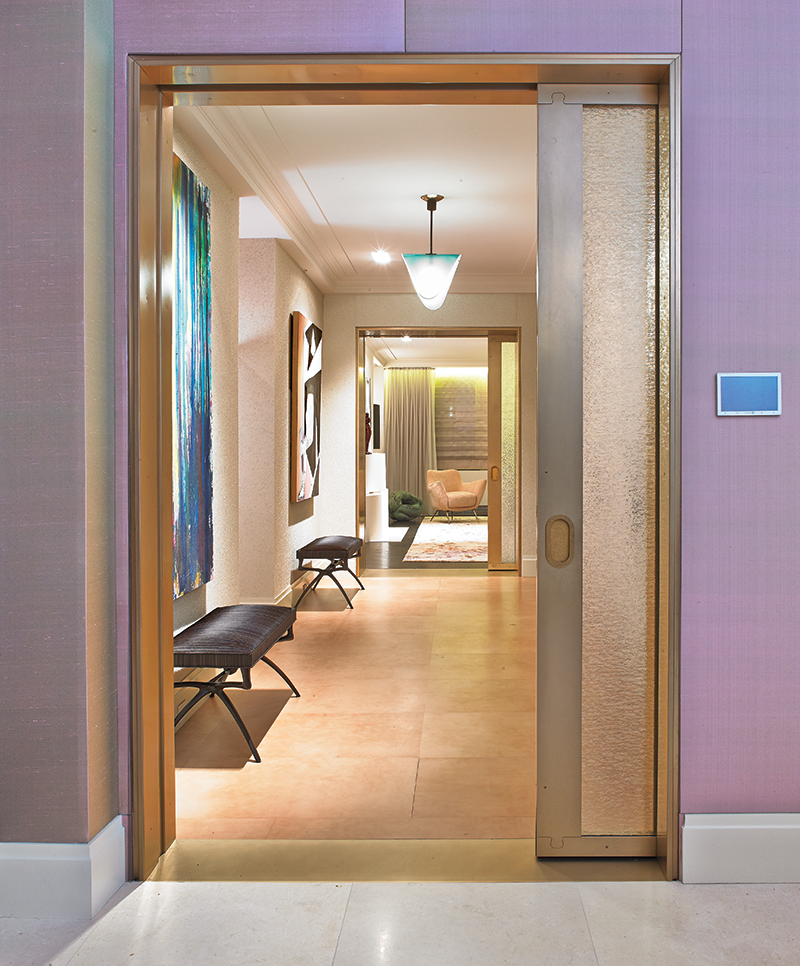Designers may love browsing the latest product introductions—but they also cherish their tried-and-true favorites. Three noted designers share the pieces they can’t get enough of.

On a staircase's treads, Lewis employs leather tiles. Courtesy of Leyden Lewis

Lewis has used leather-clad floor tiles to add warmth and dimension to an entry foyer.Michel Arnaud
Left: On a staircase's treads, Lewis employs leather tiles. Courtesy of Leyden Lewis | Right: Lewis has used leather-clad floor tiles to add warmth and dimension to an entry foyer. Michel Arnaud
Floor Plan

Ready to dig in?
This article is available exclusively for
BOH subscribers and BOH Insiders.
BOH subscribers and BOH Insiders.
Want full access?









































